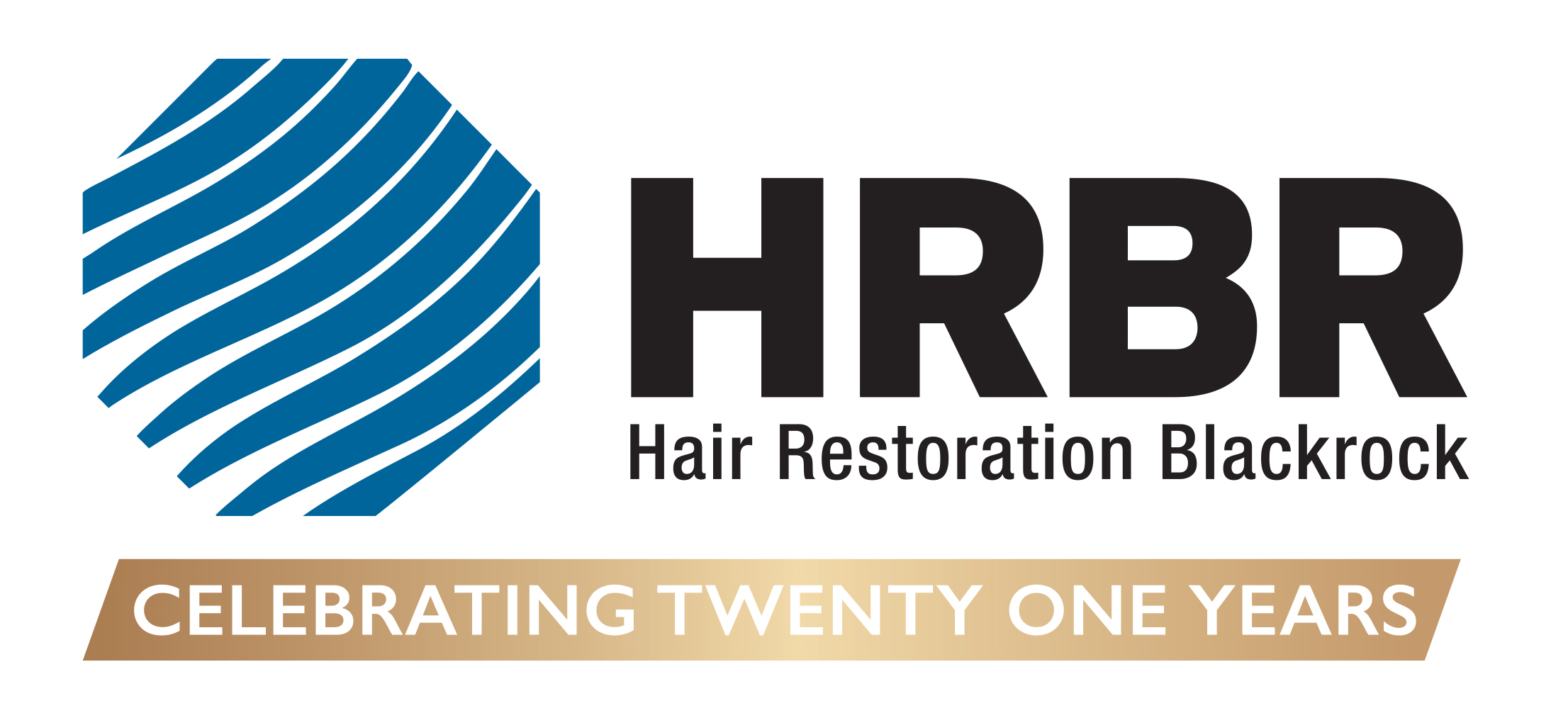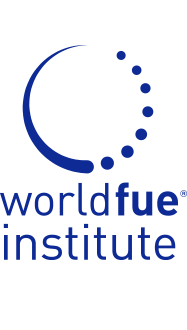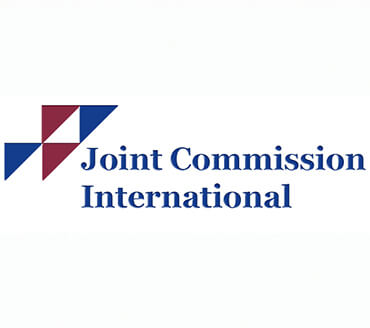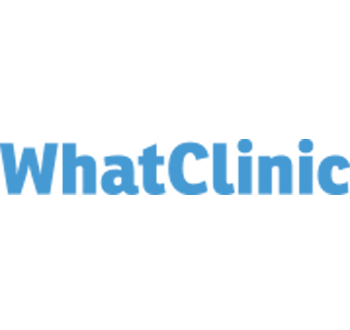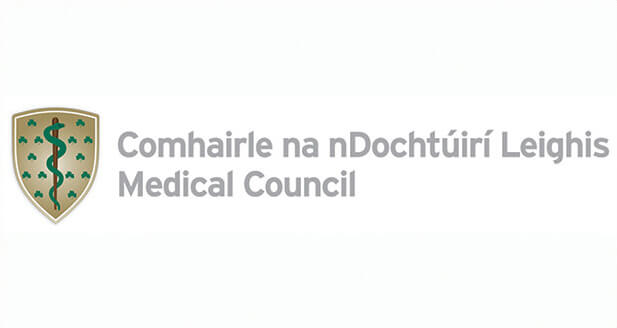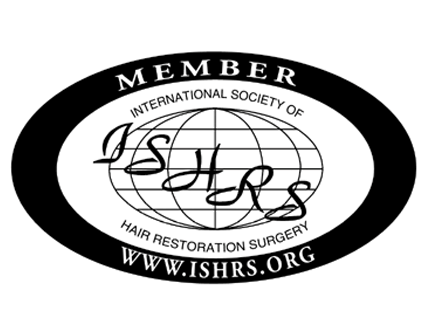Minoxidil can be suitable for the treatment of both male and female pattern hair loss. It has been clinically proven to slow down and even stop hair loss in some cases, and to help regrow hair on the vertex (crown) in others. Minoxidil can be used as either a topical solution (Regaine) or an oral tablet.
Topical Minoxidil (Regaine)
Topical Minoxidil received U.S. Food and Drug Administration (FDA) approval for male pattern hair loss in 1988 and for female pattern hair loss in 1992. It is the first medication for application to the scalp that has been proven to grow human hair. To remain effective topical Minoxidil must be used on a daily basis and can be bought from pharmacies without a prescription.
![]() is an Irish based online pharmacy which specialises in hair loss treatments and offers next day delivery on all orders to anywhere on the island of Ireland.
is an Irish based online pharmacy which specialises in hair loss treatments and offers next day delivery on all orders to anywhere on the island of Ireland.
Regaine is the brand name for the topically applied Minoxidil solution which can be purchased over-the-counter in either a 2% or 5% solution. It appears that the 5% solution is approximately 50% more effective than the 2% solution. The greatest benefit from the medication is seen from 5 months to 2 years, with a gradual decrease in effectiveness after that. Evidence has also shown that using Regaine at night can be more effective than its use in the daytime.
Oral Minoxidil
Oral minoxidil is a medication that was initially developed in the 1950’s and was approved by the FDA for the treatment of hypertension in 1979. It was first noticed to improve hair loss in men in 1980.
In recent years, there has been a renewed interest in utilising oral minoxidil at low dose to treat androgenetic alopecia (pattern hair loss). Studies have shown significant increases in hair density in this condition with its use and it has also been shown to help with hair loss after chemotherapy. While oral minoxidil is generally well tolerated at low dose, like most medications side effects can be experienced and so it’s prescription should be supervised by a physician experienced in its use. These most commonly include:
- Position related light-headedness (due to its effect on blood pressure)
- Palpitations
- Fluid retention
- Increase in body/facial hair
For more information on oral minoxidil visit: https://www.medicines.org.uk/emc/product/4294/smpc
Although the mechanism by which Minoxidil stimulates hair growth is not known, it probably works by prolonging the hair follicle growth cycle. The effect of the medication is to increase the quality of the hair by increasing the diameter and length of miniaturized (fine) hair. Most patients who do grow hair grow only short, thin fuzz, “peach hair”. It does not grow hair in areas that are bald. It appears that Minoxidil’s effects may only be temporary. Once the drug is stopped, the previous pattern of hair loss resumes, and any effects are lost within 2 to 3 months, even if the medication had been used for many years. This same limitation applies to other drugs used for hair loss.
With time, patients using Minoxidil continue to bald, although at a somewhat slower rate.
The concomitant use in men of Minoxidil and the only other FDA approved drug for treating hair loss is often considered as there appears to be a synergy between these 2 medications. That is, they treat hair loss in a different but complementary way.
Recent Study on Oral Minoxidil
The team at HRBR have been safely prescribing Oral Minoxidil for over 6 years. HRBR’s own Consultant Dermatologist Dr Dmitri Wall was involved in a study on Oral Minoxidil with a number of his colleagues from around the world. The international expert consensus statement was published in the 2nd biggest Dermatology journal and and has had a lot of traction.
Use in women
The early studies with Minoxidil were on balding men, but it appears that Minoxidil may actually be more effective in women. In fact, Minoxidil in its topical form is the only FDA approved medication for women with hair loss.
While all cases are different and require expert assessment, oral Minoxidil can be considered for female patients. A recent study in women aged 18 to 80 (mean aged 48.44 years) demonstrated a reduction in hair loss severity and shedding at 6 months and 12 months with its use.
Contact Us
To learn more about Oral Minoxidil and other hair loss treatments contact the team on info@hrbr.ie
Page reviewed and updated November 2024.
